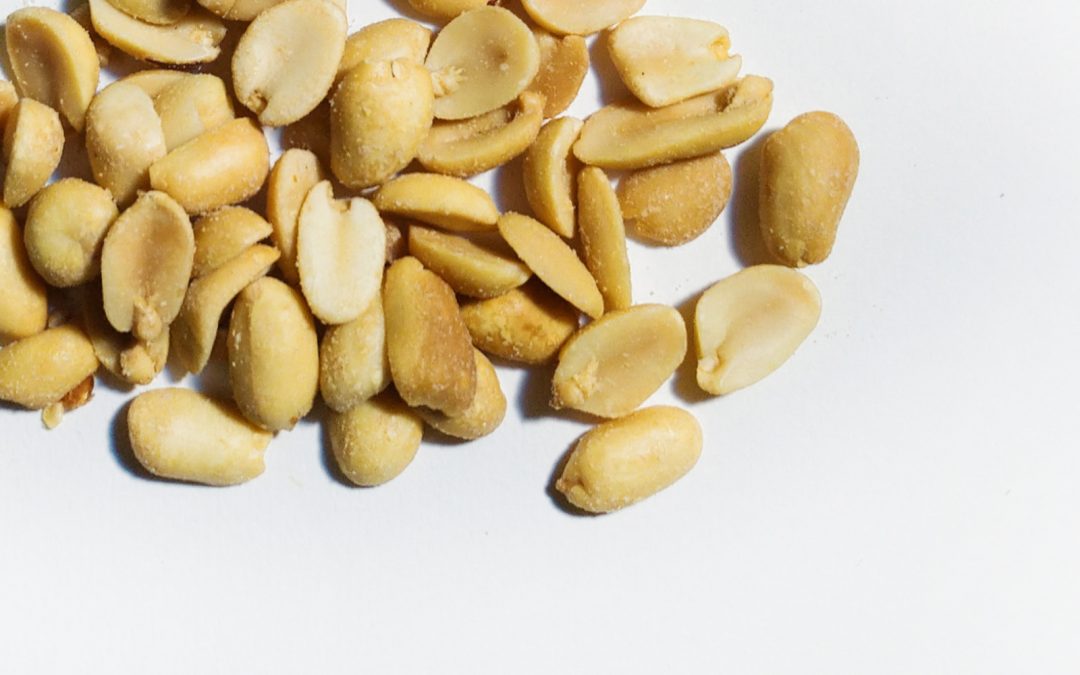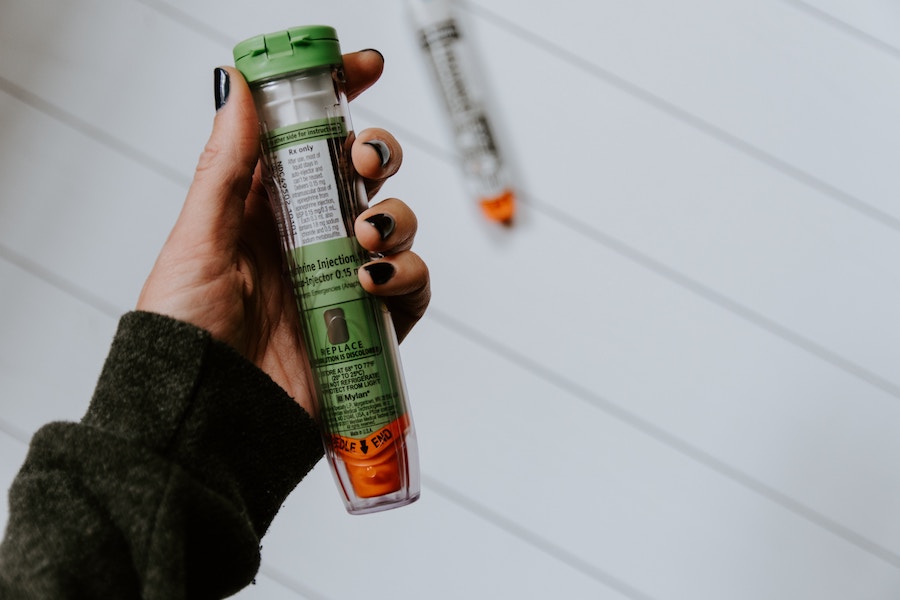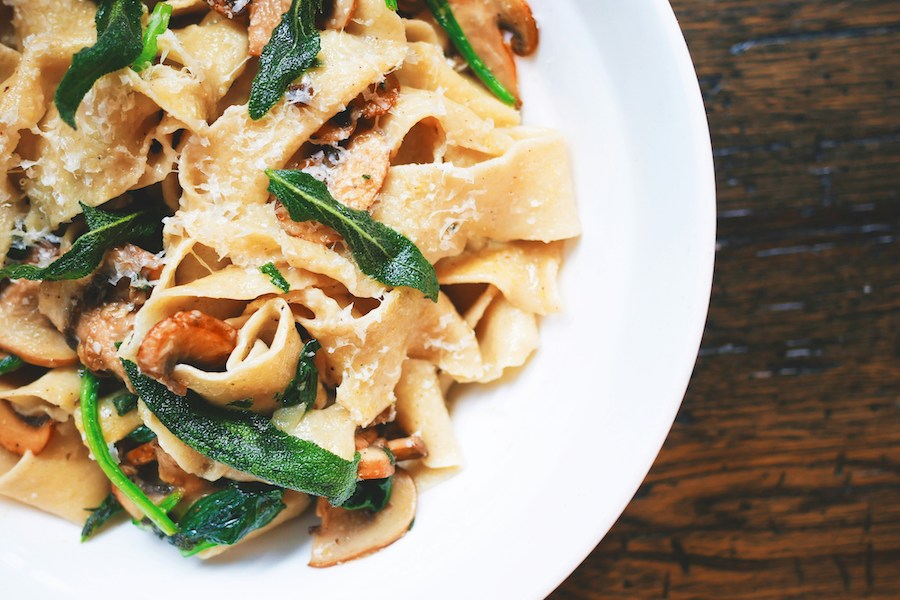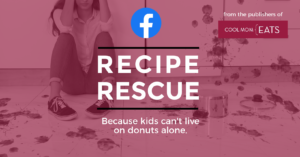Ever since last year, the story has stayed with me about English 13-year-old, Karanbir Cheema, who died when another student threw a piece of cheese down his shirt. He was so highly allergic, that he went into cardiac arrest before he even arrived at the hospital. He died 10 days later.
Here’s the thing: Karanbir knew how to manage his dairy allergy. He knew how to read labels and avoid questionable foods. He knew that simply touching the cheese in his friends’ lunches could be devastating to his health.
But his classmates didn’t.
Related: Cool custom food allergy labels that are great for back-to-school
It appears that Karanbir’s was a case of extreme bullying, and that the person putting the cheese in Karanbir’s shirt knew that he would have a reaction to it. I doubt he knew it would kill him, though. That’s why talking to our kids about food allergies is so critical.
One-third of kids with food allergies report having been bullied for it, which means its not unlikely that we can see more awful news stories like this one.
It’s never a bad time to check back in with your kids, and review a few key points to help them understand food allergies their friends or classmates may have, and why it’s so important.

Make sure your kids know that food allergies are real
I volunteer with elementary-aged kids every week, and one thing I hear them complain about frequently is that their friends are “making it up.” Whether kids are talking about a new pet at home, a vacation they’re going on, or a food allergy, classmates tend to doubt one another. But when it comes to food allergies, there’s no room for doubt.
1 in 12 US children has a food allergy, and 20% of those kids will have a reaction so bad, it will send them to the ER.
Talk to your kids about different kinds of food allergies
While most kids learn early about peanut and tree-nut allergies, thanks to more nut-free schools and classrooms, it’s good to explain to kids that there are many kinds of food allergies.
According to Johns Hopkins, the most common food allergies in kids comprising 90% of them, are eggs, milk, and peanuts, followed by tree nuts, wheat, soy, fish and shellfish. However children can be allergic to everything from corn to garlic, gluten to strawberries.
My son’s own friend is allergic to honey and rice, two food allergies I’d never encountered before.
Ultimately, teach your kids, that if your friend tells you they have an allergy, your behavior must show that you believe them. Even it sounds far-fetched or like something you’ve never heard of before. It’s better to believe them and be wrong, than to doubt them and be wrong.
Teach your kids to ask for details about their friends’ food allergies.
Food allergies don’t need to be a taboo subject. In fact, they shouldn’t be! If your child regularly eats with someone who is allergic, teach your child to ask for specifics. Is your allergy anaphylactic? Is it something you react to even if you don’t ingest it? If my knife has cut a PB & J sandwich, should you use it? Can you only eat foods made in a nut-free facility?
Find out what they cannot eat…and what they can eat!
And hey, parents, be sure to pack your own kids’ lunch so that it’s safe for everyone at the lunchroom table.
Related: A guide to allergy-free candy for Halloween, birthdays, or just sometimes treats
Teach your kids what to do if a friend has an allergic reaction.
Allergic reactions can be very scary, so it’s important that our kids know how to recognize one and act immediately when one happens.
The most obvious sign a kid can easily recognize are the welts or hives that come up on the skin of someone who’s having a reaction, especially around their mouth and eyes. Their friend may complain of sudden nausea, or an itchy throat or swollen tongue. Another critical sign is if their friend having trouble breathing.
If your child thinks their friend is having a reaction — even if they aren’t 100% sure — they should immediately get a teacher, lunchroom monitor or the closest trusted adult nearby. Teach your child to say clearly but calmly, “I think my friend needs her EpiPen.” That will let the teacher know it’s immediate and urgent.
Practice this one sentence with your kids, then remind them that it’s just another thing we learn to do in emergencies.
They can also call 911, if they are not in the immediate presence of teachers and adults.
It’s also great to remind kids, especially young ones, that they are not expected to be experts or diagnosticians. Adults will help. Our kids are just helping the helpers — the same way our kids may learn to dial 911 in an emergency, but that doesn’t mean we expect them to actually be firefighters or EMTs.
Related: Netflix takes a look at peanut allergies in its new food doc series, Rotten.
Remind your kids that knowledge about food allergies is power
One of my younger children becomes highly anxious when we talk about food allergies, so it’s tempting to avoid the topic. But the truth is: knowledge about how food allergies work will empower our kids.
Start by asking them questions about their own fears — you could be surprised what they’re nervous about. (No, honey, the teacher will give the other child the EpiPen, not you.) Comforting them with facts is a big help. Then, be sure they have facts at their disposal so they feel more empowered and less fearful of the unknown.
In my experience, once your kids know some basics like which foods to avoid around their friends, which ones are safe, and how to handle an emergency, they’ll feel more confident about being around friends and classmates who have allergies.
Talk about empathy
We write a lot about teaching empathy to kids in general, and this skill goes a long way when it comes to kids with all kinds of differences. Especially with a difference that can literally make a friend very sick or even cause death.
These videos from FARE (Food Allergy Research and Education) show real kids explaining real stories about living with food allergies.
Stories like these can really help bring the issue to life, helping your kids come at it from a more empathic place.
Related: 8 outstanding children’s books that teach empathy for kids with special needs
Finally, teach your kids to advocate for their friends.
When my son was in preschool, he politely asked me to not make him any more peanut butter sandwiches for lunch. I was…confused. PB&J was his favorite lunch, and the easiest for me to make. Then he explained that a kid in his class had to sit at a nut-free table by himself. It was a safety decision made by the teachers so that he wouldn’t be at risk, but it made my four-year-old sad. As it should.
So, of course, I said yes to no-more-PBJ-lunches and was just so proud of him for sticking up for a friend and asking me to make that change.
Of course it’s wonderful when kids are willing to give up one of their own favorite foods without complaint for the sake of their friends’ safety; but it’s also critical that they step up and advocate for a friend if they see them getting bullied about their food allergy. It’s so common, that FARE even put out a PSA about food bullying called “It’s Not a Joke” that’s worth watching.
Taunting or teasing a kid about a food allergy isn’t nice, and taunting them with that food they’re allergic to isn’t innocent pranking at all — it can be deadly. So it’s absolutely necessary for all of our kids to be an upstander, not a bystander, when it comes to food allergies — even and especially our children who don’t have allergies at all.
Top Photo: Sketch on Unsplash







